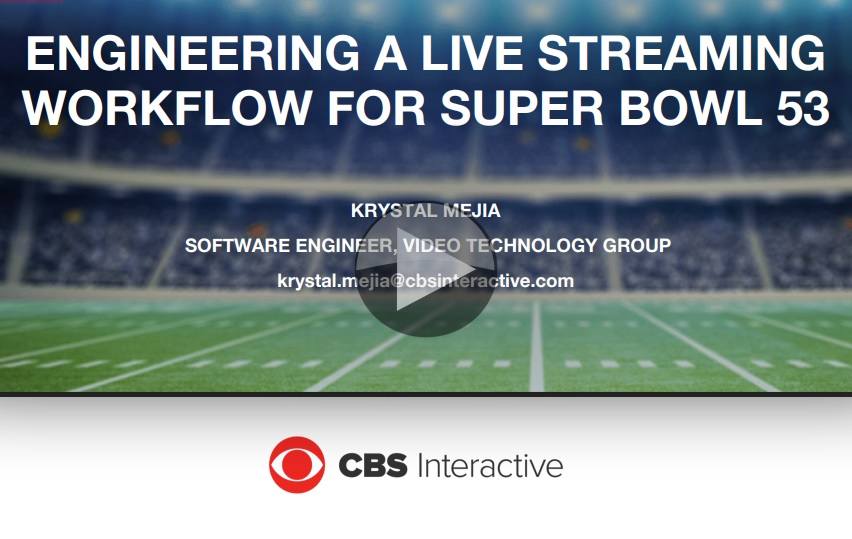
Delivering personalised video at scale, live or otherwise, is a tradeoff between speed and complexity. In this lightning talk at Demuxed 2019, Kyle Boutette from Cloudflare explains the benefits of running code on the ‘edge’.
Kyle starts by highlighting the reason to use CDNs; they take the management of a whole fleet of servers off your hands allowing you to concentrate on delivering a video service and deploying the technology to do just that. This works really well and CDNs are the backbone of most of the large sites on the internet. Some companies build their own whilst some use Cloudflare or Amazon CloudFront among the many CDNs out there. Apart from dealing with the admin of the servers, CDNs are careful to provide servers as close to your users as practical which helps in reducing latency.
The problem that Kyle exposes is that any personalisation needs to be done on the player itself or on the server. The former requiring implementing the same features on many platforms, the latter destroying the value of the CDN since it’s based on needing the central server(s) to calculate the new information and send it to the CDN bringing us back to square one.
The solution that Cloudflare has developed allows javascript to run on the the CDN’s computers, referred to as the ‘edge’. This allows much of the logic to be done close to the consumer and gives the highest chance of reusing CDN assets whilst also reducing the latency of the requests compared to talking to the central server infrastructure. Doing this with javascript provides a well-understood environment for web developers. Kyle provides examples to understand how this can be done with relatively simple code.
Watch now!
Speaker
 |
Kyle Boutette Systems Engineer, Cloudflare |














